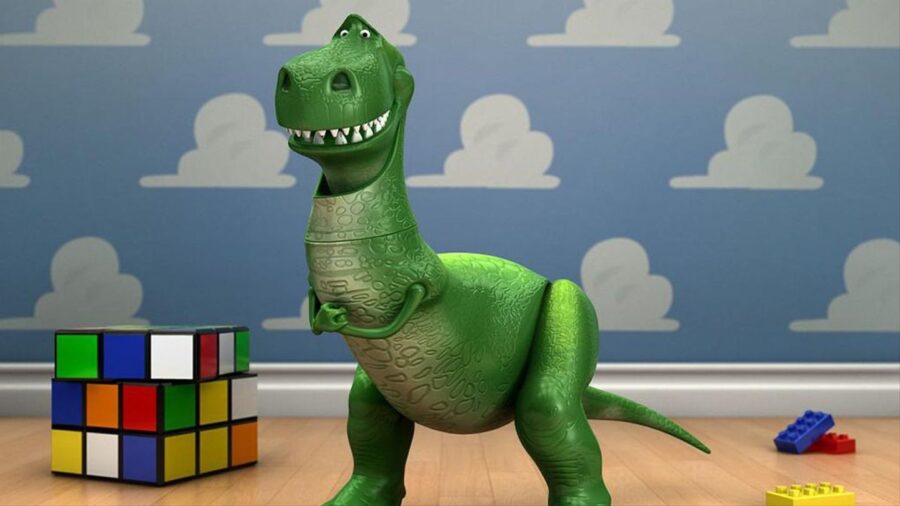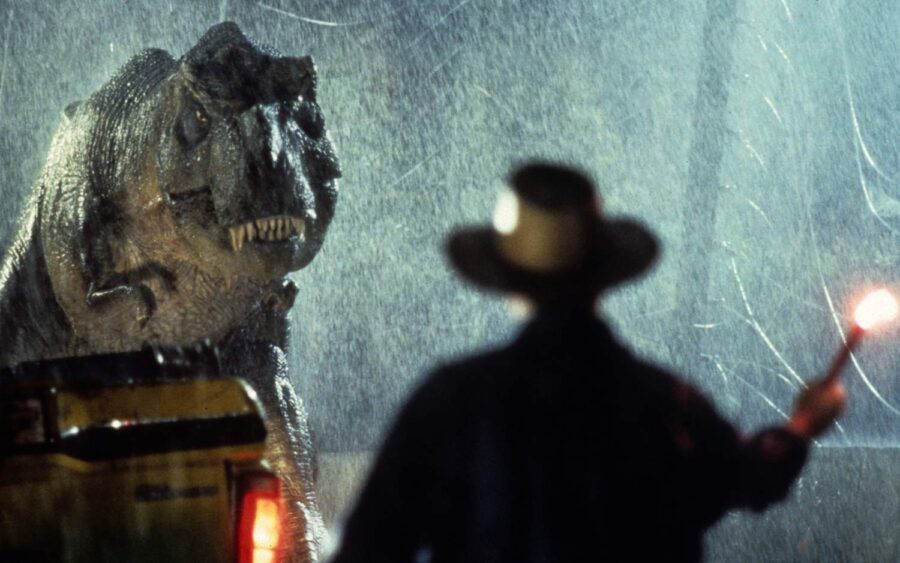Scientists Face Controversy As They Fight To Reclassify Tyrannosaurus Rex
The Tyrannosaurus Rex is easily one of the most popular dinosaurs, and now scientists are in trouble after trying to reclassify the species.
This article is more than 2 years old

The Tyrannosaurus Rex is undoubtedly one of the most well-known and popular dinosaurs ever to have existed. The fearsome apex predator became even more popular in the public eye after one roared into theatres in Jurassic Park. Chicago’s Field Museum still counts Sue, the most complete T-Rex skeleton, amongst its most popular attractions. But now it seems like it’s possible that more than one genus of the Tyrant lizard could have walked the surface of our prehistoric Earth.
Tyrannosaurus Rex was first discovered and classified in 1905. Since then, various T-Rex fossils have been found all over the world. However, when a fossil is uncovered, it’s highly unlikely that it will be completely intact. That’s why finding new parts of a fossil or nearly complete specimens is such a rare and exciting scientific find. If pieces of a fossil are missing, casts and parts from the same species are usually used to fill in the gaps and give us a more complete picture of that dinosaur’s physiology.
Recent research and findings from three researchers, led by paleontologist and paleoartist Gregory Paul, propose that there actually might be two additional genera of Tyrannosaurus Rex that we were previously unaware of. Citing the differences in bone variations, they claim that there is a species of Tyrannosaurus they dubbed T. imperator (tyrant lizard emperor) and T. regina (tyrant lizard queen). If this theory turns out to be true, it will certainly shake up what originally thought was one singular species. For laymen’s context, Paul mentions that the differences between the species could be compared to the differences between a lion or tiger. Though Paul and his team are confident in their analysis, this has stirred up some dissenting opinions from other experts.

In a statement to Reuters, a fellow paleontologist Steve Brusatte mentions that the evidence isn’t strong enough at this time. He says that “this variation is very minor and not indicative of meaningful biological separation of distinct species.” Paleontologist Thomas Carr cites the fact that they didn’t find any meaningful differences in the Tyrannosaurus Rex skulls that are available to study. He mentions that nearly every detail in the head should be different if they’re different species.
Paul says that the study is only getting the amount of attention and controversy because of the popularity of Tyrannosaurus Rex. He’s certainly not wrong, as most people aren’t as hyper-aware of that many other dinosaur species. Tyrannosaurus Rex was a huge predator that roamed Western North America in the Cretaceous period. Its imposing stature and prominence in pop culture have certainly made it one of the icons of the dinosaur age. Though these thighbone and tooth variations may not be able to change the minds of the scientific community at this time, it’s certainly an interesting prospect and it would be cool if there were multiple T. Rex species that existed at the same time. As with anything scientific, there will need to be tons more research and peer review before anything definitive can be said about these findings. Until then, we’ll just have to assume T. Rex is T. Rex, still the king of the dinosaurs.











